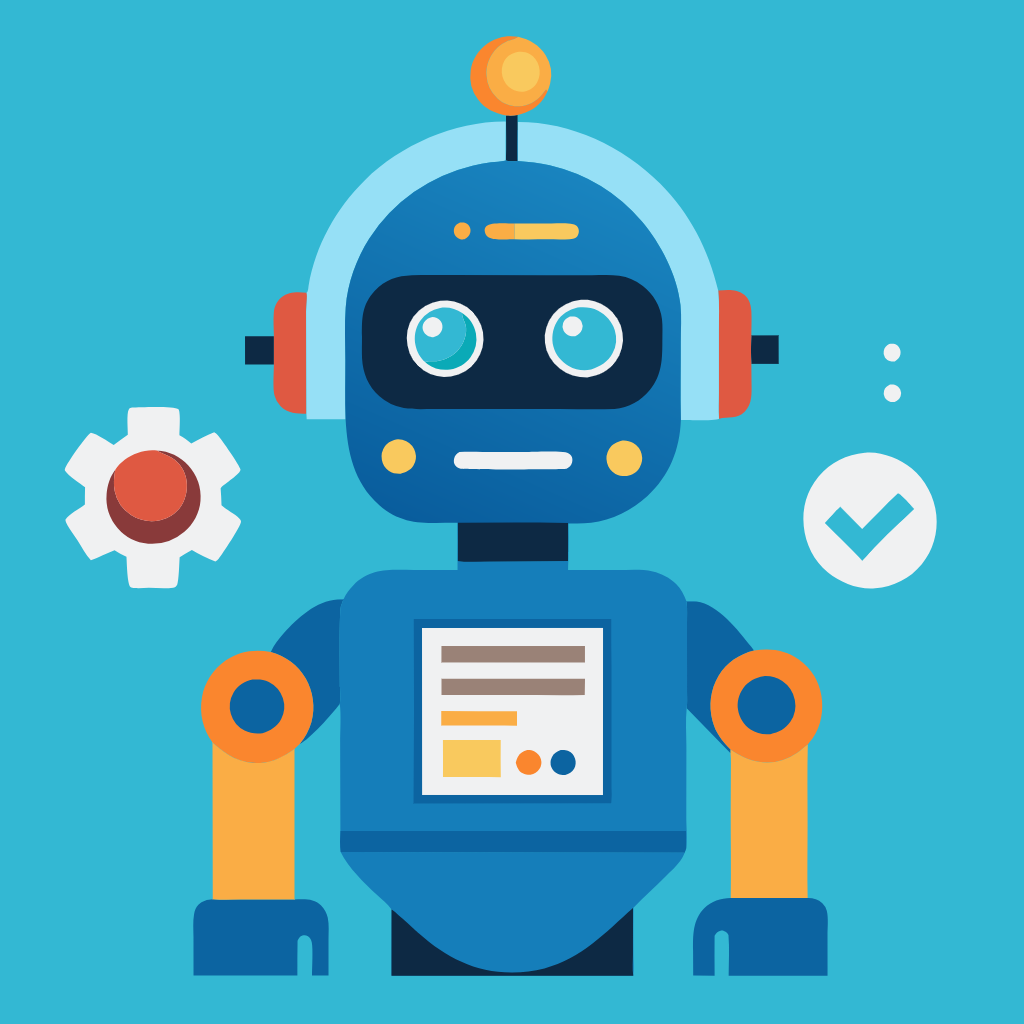Machine learning is a type of artificial intelligence (AI) that allows computers to learn without being explicitly programmed. There are two main types of machine learning: supervised learning and unsupervised learning.
Supervised learning is a type of machine learning where the computer is given a set of data with known labels. The computer then learns to associate the labels with the data. For example, you could train a supervised learning model to recognize different types of fruit by showing it pictures of fruit with labels like “apple,” “orange,” and “banana.” Once the model is trained, it can then be used to identify new fruits.
Unsupervised learning is a type of machine learning where the computer is given a set of data without known labels. The computer then learns to find patterns in the data. For example, you could train an unsupervised learning model to find clusters of similar data points. This could be used to find groups of customers with similar interests or to find patterns in financial data.
Here are some examples of supervised learning:
- Image recognition: This is a type of supervised learning that allows computers to identify objects in images. It is used in a variety of applications, such as facial recognition, object detection, and self-driving cars.
- Natural language processing: This is a type of supervised learning that allows computers to understand and process human language. It is used in a variety of applications, such as machine translation, chatbots, and sentiment analysis.
- Fraud detection: This is a type of supervised learning that allows businesses to identify fraudulent transactions. It is used to protect businesses from financial losses.
Here are some examples of unsupervised learning:
- Clustering: This is a type of unsupervised learning that allows computers to group similar data points together. It is used in a variety of applications, such as customer segmentation, market research, and data mining.
- Dimensionality reduction: This is a type of unsupervised learning that allows computers to reduce the number of dimensions in a dataset. It is used to make data easier to visualize and analyze.
- Anomaly detection: This is a type of unsupervised learning that allows computers to identify outliers in a dataset. It is used to identify fraudulent transactions, defects in manufacturing, and other anomalies.
Which type of machine learning is right for you?
The type of machine learning that is right for you depends on the problem you are trying to solve. If you have a set of data with known labels, then supervised learning is a good choice. If you do not have a set of data with known labels, then unsupervised learning is a good choice.
Here is a simple way to remember the difference between supervised and unsupervised learning:
- Supervised: The computer is supervised by a human who provides the labels.
- Unsupervised: The computer is unsupervised by a human and must find patterns on its own.
Discover more from Susiloharjo
Subscribe to get the latest posts sent to your email.





